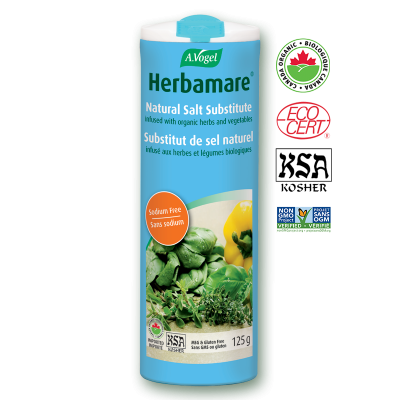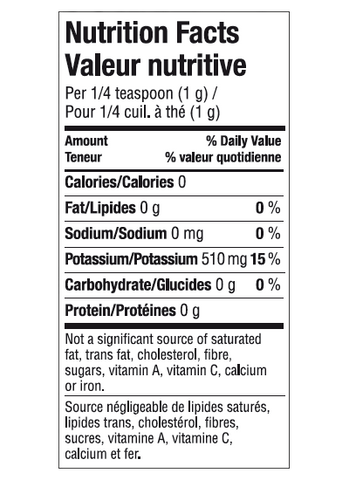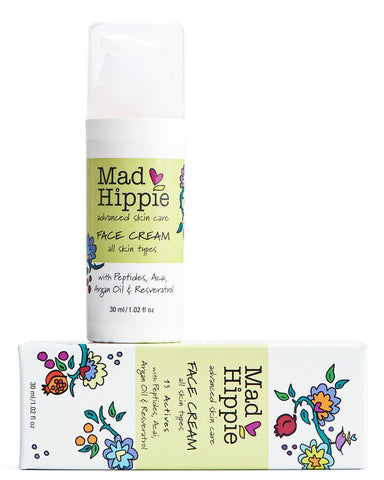Simply Organic Garlic Powder - 103g
Even the earliest cooks and healers considered garlic powerful and indispensable, but when it was introduced in the United States in the 1700s, garlic was slow to catch on. Today, however, the average American consumes over 2 1/2 pounds of garlic annually. It's compatible with virtually every savory food and is available in a number of convenient dried forms.
Botanical name: Allium sativum L.
Botanical Family: Liliaceae
Common name: Garlic
The Plant: Like onions, leeks, and shallots, garlic belongs to the lily family (Liliaceae), and its species ( sativum) is one of over 500 species of the genus Allium. (Allium is the ancient Latin word for "hot" or "burning.") The flat, pointed leaves of the two-foot tall plants are most likely responsible for the name, "garlic" which is derived from the old English gothic word (gaar, which means "spear," The small, globe-shaped flower heads are white to pink in color.
Garlic cloves are planted in the late fall or early spring (depending on location). As the plant grows, it develops a bulb, which is composed of 7 to 20 cloves (depending on variety of garlic used). Garlic has been cultivated for at least several thousand years and consumed as a food and medicine for at least 4,000 years. As a result, there are a wide range of varieties, with differing maturity times, size of plants and bulbs, size and number of cloves, color and flavor.
Garlic is consumed in large quantities both fresh and in dehydrated forms. Fresh garlic has the truest flavor and in some recipes, the texture of pieces of fresh garlic is a must. It is also more expensive, takes more storage space, and because water is 60% of the content, it takes more fresh garlic to produce the same impact as dried in a recipe. About 25% of the garlic consumed in the U.S. is fresh. Besides lower price and ease of storage, dehydrated garlic is also easier to use and comes in a variety of sizes that meet most every need. A garlic essential oil is also produced and its main use is as a food flavoring.
Constituents of Note: Garlic' s potency has earned it the nickname "stinky rose" — almost always used with affection, of course. The compounds in garlic responsible for its penetrating aroma and flavor are valued for both their health benefits and their culinary qualities. Sulphur-containing compounds such as allicin are generally considered primary components of the very potent essential oil (present at around 0.2%). In the growing garlic plant, allicin provides a protective role to the plant against various pests and disease organisms. It is not naturally present, but is formed by the action of an enzyme when tissues damage occurs. However allicin is unstable and breaks down quickly, so any health benefits attributed to garlic are most likely due to a synergistic action of various other compounds.
In the body, the aromatic compounds in garlic are primarily excreted through the lungs and secondarily through the sweat glands. (Rubbing a fresh clove on the bottom of the foot demonstrates the bodily movement of the essential oil compounds — garlic breath will result soon thereafter.)
Quality: Garlic quality is affected by weather and how the freshly harvested garlic bulbs are dried, cleaned and processed. Good quality garlic has a strong, sharp odor and a savory, strong, hot, slightly bitter flavor. The color is creamy-white with minimal amount of brown or green specks from the garlic skins or tops.
Garlic is naturally hygroscopic (water absorbing), especially the powder, and must be kept dry and away from humidity to prevent clumping. (Humidity is detrimental to the quality of dried spices in general, which is why the stove is the worst place in the house to store them.)
Garlic should be stored in cool, dry conditions in tightly sealed, airtight containers. We use silicon dioxide as a free-flowing agent in some of our bottled garlic (check label information on the shopping tab for specific items). This is the only free-flowing ingredient we use — it is approved by the USDA for use in organic products.
Did you know? Garlic was historically valued for imparting strength and speed, it was eaten before athletic competitions by the Greeks, by Roman soldiers before going into battle, and by Egyptian pyramid builders. The Egyptians also placed clay models of garlic in tombs, and dried bulbs were found in the tomb of King Tutankhamen. Garlic also boasts legendary power over evil and disease. Egyptians swore on garlic when they took a solemn oath, and in the Dark Ages it was used to ward off vampires. During both World Wars, sterilized swabs of moss and garlic were used for dressings.







